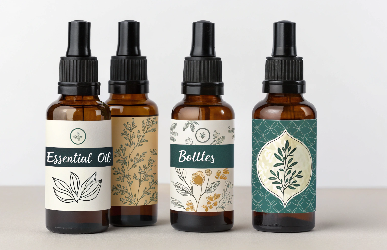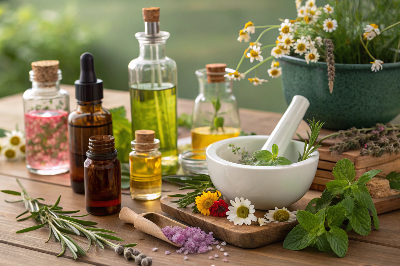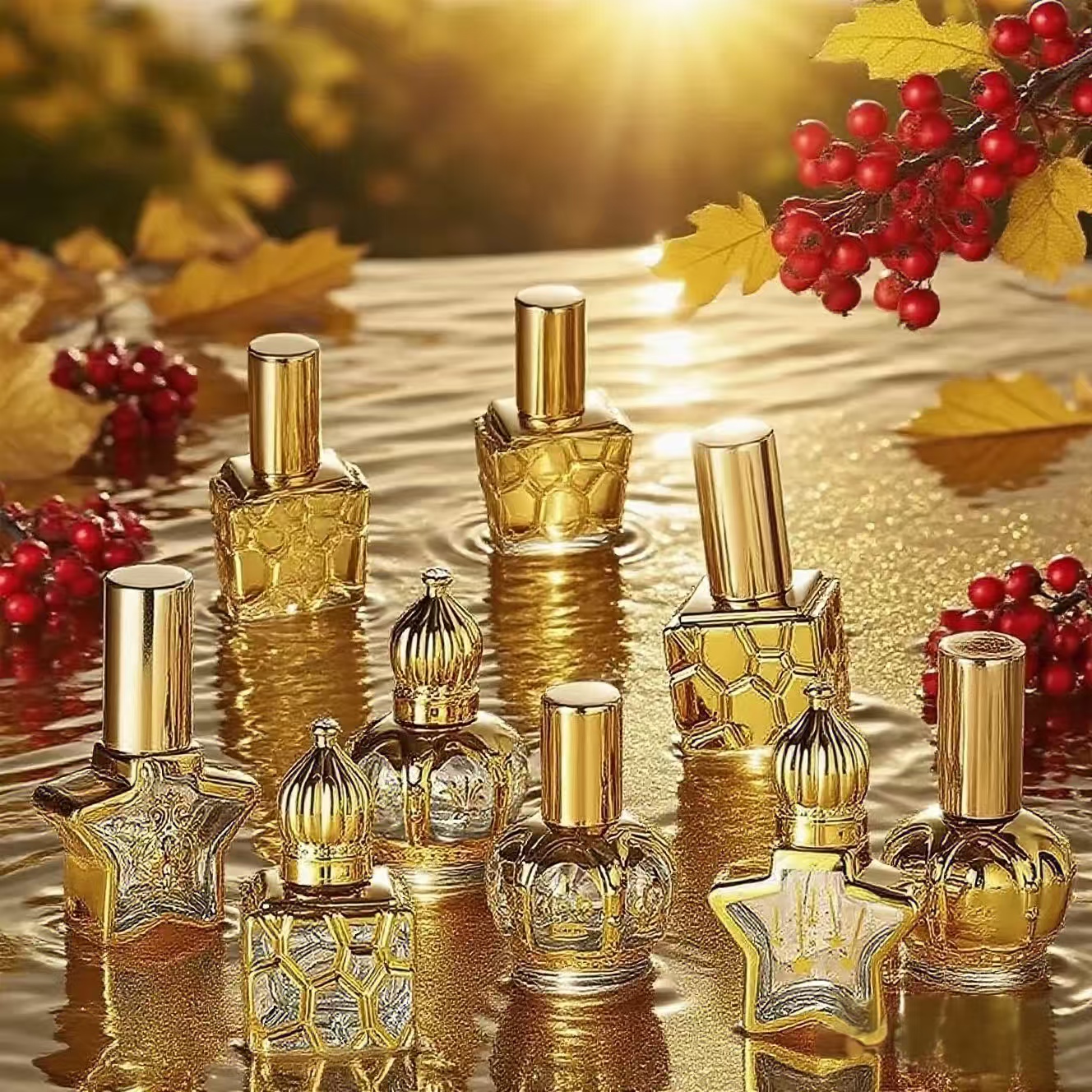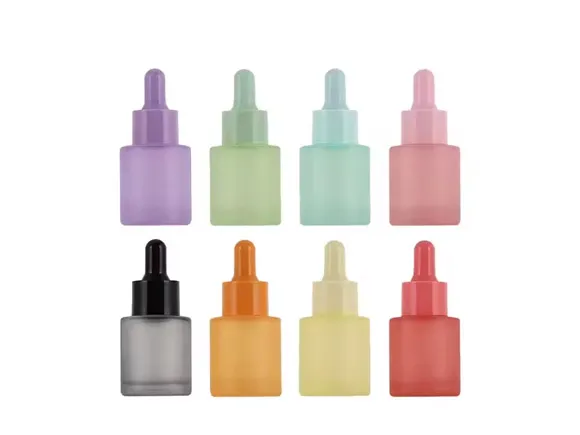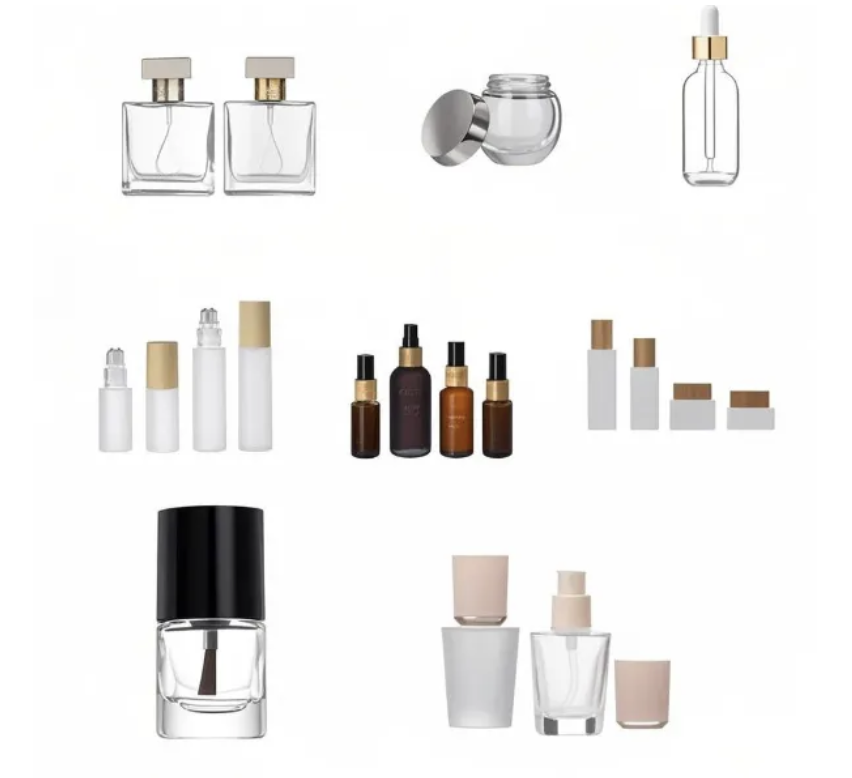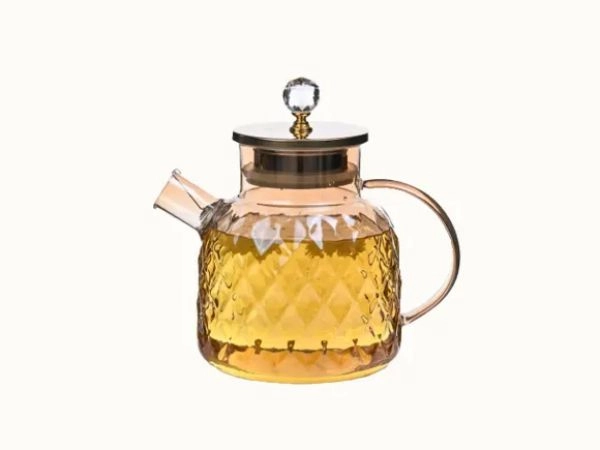Blending essential oils isn’t just about creating a nice smell—it’s a strategic move to improve efficacy, longevity, and emotional impact.
Essential oil blends combine multiple oils to amplify benefits, extend scent duration, and balance volatility, unlike single oils which offer one-note effects and limited stability.
In our experience supporting beauty, wellness, and aromatherapy brands at PauPack, choosing between blends and single oils isn’t always a matter of preference—it’s a decision that shapes how your products perform and resonate with your customers. Let’s explore the real differences and why blends might be your next secret weapon.
Are Essential Oil Blends Better Than Essential Oils?
A single oil delivers clarity—but a blend delivers complexity.
Essential oil blends are often considered “better” when you want layered scents, extended aroma life, and enhanced therapeutic effects, though single oils offer purity and simplicity.
When Blends Shine
-
Skincare products benefit from synergy—lavender calms while tea tree cleanses.
-
Room sprays need layered scents to linger longer—citrus top notes fade fast without a woody base.
-
Wellness rituals like sleep or focus support often need multiple plant compounds to hit all the right neural notes.
When Singles Make Sense
-
You want to showcase a botanical’s unique profile (e.g., pure rose oil in a luxury serum).
-
Customers have allergies or want full transparency.
-
You need control in DIY or base formulation.
| Feature | Single Oil | Essential Oil Blend |
|---|---|---|
| Purity | ✔✔✔ | Depends on ingredients |
| Scent Longevity | ✘ | ✔✔ |
| Therapeutic Range | Narrow | Broad |
| Formulation Versatility | Moderate | High |
| Beginner Friendly | ✔ | May need more guidance |
At PauPack, we guide many of our clients—especially indie skincare brands—through custom blend development using our bottle sets with droppers, rollers, and amber protection to lock in scent and structure.
What Is the Rule for Blending Essential Oils?
Blending is a craft. But even art has rules.
The basic rule for blending essential oils is to combine top, middle, and base notes in harmony while respecting dilution ratios and intended use.
3 Golden Rules:
1. Follow Scent Hierarchy
Use perfume blending rules—top, middle, base—to shape the experience over time.
2. Respect Dilution
-
Skin use: 1–3% dilution in carrier oil.
-
Diffusers: 5–10 drops per 100ml water.
Too much essential oil can irritate skin or overwhelm senses.
3. Target a Purpose
-
Energizing: Citrus + mint
-
Calming: Lavender + chamomile + vetiver
-
Focus: Rosemary + lemon + cedarwood
Practical Blending Tips:
-
Start with small batches (5ml to 10ml).
-
Use drop counting, not volume.
-
Record every ratio—you’ll thank yourself later.
At PauPack, we often supply 10ml tester sets or 5ml sample rollers for brands developing new blends. These small-batch formats are perfect for R&D and market testing.
What Is the 30/50/20 Rule for Essential Oils?
Great blends don’t happen by chance—they follow structure.
The 30/50/20 rule is a classic blending formula where a blend includes 30% top notes, 50% middle notes, and 20% base notes to balance scent and stability.
Why This Ratio Works:
-
Top notes grab attention fast (e.g., lemon, mint).
-
Middle notes build body and bridge (e.g., lavender, geranium).
-
Base notes ground the scent and preserve it (e.g., sandalwood, frankincense).
| Note Type | Function | % of Blend | Examples |
|---|---|---|---|
| Top | First impression | 30% | Orange, Peppermint |
| Middle | Heart of blend | 50% | Eucalyptus, Rose |
| Base | Long-lasting | 20% | Patchouli, Myrrh |
Applying the Rule:
Say you're creating a sleep blend:
-
3 drops lavender (middle)
-
2 drops bergamot (top)
-
1 drop sandalwood (base)
This ratio enhances both performance and customer experience—key for brand trust. At PauPack, we help brands apply this logic to everything from massage oils to aromatherapy rollers, using secure dropper packaging for accurate measuring.
What Happens If You Don’t Use a Carrier Oil with Essential Oils?
Essential oils are potent—and sometimes harsh.
Without a carrier oil, essential oils can cause skin irritation, sensitization, and rapid evaporation, reducing safety and effectiveness.
Risks of Skipping a Carrier:
-
Skin burns: Oils like oregano or cinnamon are too strong undiluted.
-
Allergic reactions: Direct application increases sensitivity risk.
-
Scent flash-off: Without a fatty base to slow diffusion, aromas disappear fast.
Benefits of Carrier Oils:
-
Safety buffer for sensitive skin
-
Slows absorption, allowing longer aromatic effect
-
Adds skin benefits—jojoba for hydration, grapeseed for antioxidants
| Carrier Oil | Best For | Absorption | Shelf Life |
|---|---|---|---|
| Jojoba | All skin types | Medium | Long |
| Sweet Almond | Dry, sensitive skin | Fast | Medium |
| Fractionated Coconut | Lightweight blends | Fast | Long |
When we develop private label blends at PauPack, we often pre-mix carrier oils for clients based on their brand story and audience needs. Our 10ml dropper bottles and 15ml roller bottles are optimized for carrier-oil compatibility and leak-free shipping.
Conclusion
Essential oil blends elevate what single oils start—offering complexity, balance, and improved shelf performance. Whether you blend for beauty or wellness, PauPack bottles every drop with precision.




